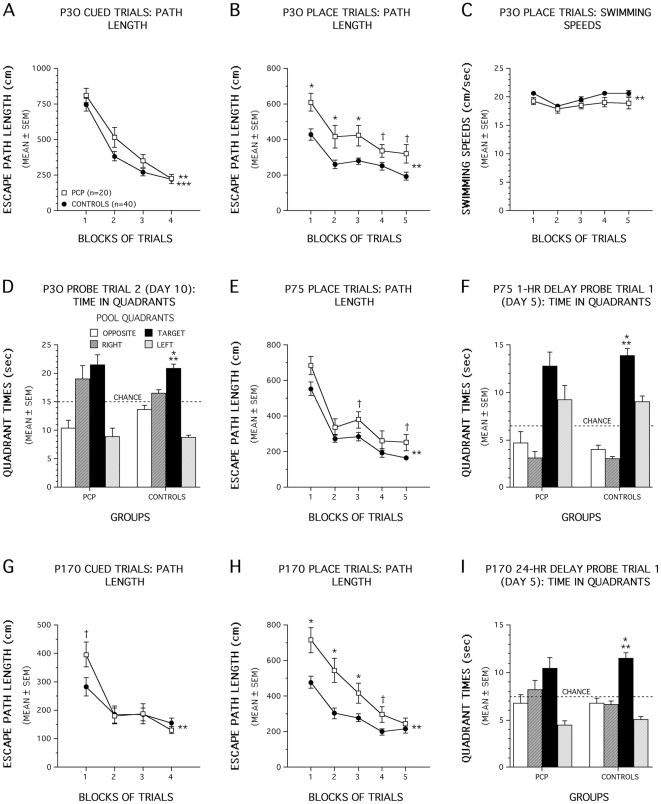Figure 4. P2+P7 PCP treatment impairs spatial learning and memory in the Morris water maze.
(A) An effect of Group (**p = 0.015) and a Group by Gender by Blocks of Trials interaction (***p = 0.017), suggested group differences in path length over trials in the cued condition. However, PCP-treated mice did not differ significantly from control mice on any single block of trials suggesting differences were minimal, and additional contrasts did not indicate meaningful gender effects. (B) PCP-treated animals showed significant acquisition deficits at P30 (**p<0.0005) for blocks 1, 2, and 3, (*p<0.009) while large differences were found for blocks 4 (†p = 0.042) and 5 (†p = 0.011). (C) Swimming speeds of PCP-treated mice were slower than controls during place trials (**p = 0.031), although pairwise comparisons showed no significant difference in any given block of trials. (D) Control mice showed good retention at the end of training (**p<0.0005). Specifically, they showed spatial bias for the target quadrant (*p<0.0005). (E) PCP-treated mice showed acquisition deficits at P75 (**p = 0.008). Differences were greatest for blocks 3 (†p = 0.049), and 5 (†p = 0.033). (F) For the 1-h delay probe trial control mice exhibited spatial bias for the target quadrant, (**p<0.0005; *p<0.007 for target vs each of the other quadrants) (G) A Group by Blocks interaction (**p = 0.010) was observed for the cued trials at P170. Greatest differences occurred during the first block (†p = 0.023, not significant past Bonferroni correction p = 0.0125). (H) PCP-treated mice displayed acquisition deficits at P170 (**p = 0.003), specifically for blocks 1, 2, and 3 (*p<0.007) and for block 4 (†p = 0.018). (I) During the first 24-h delay probe trial control mice showed spatial bias for the target quadrant (**p<0.0005; *p<0.0005 for target vs each of the other quadrants), while PCP-treated mice did not.

